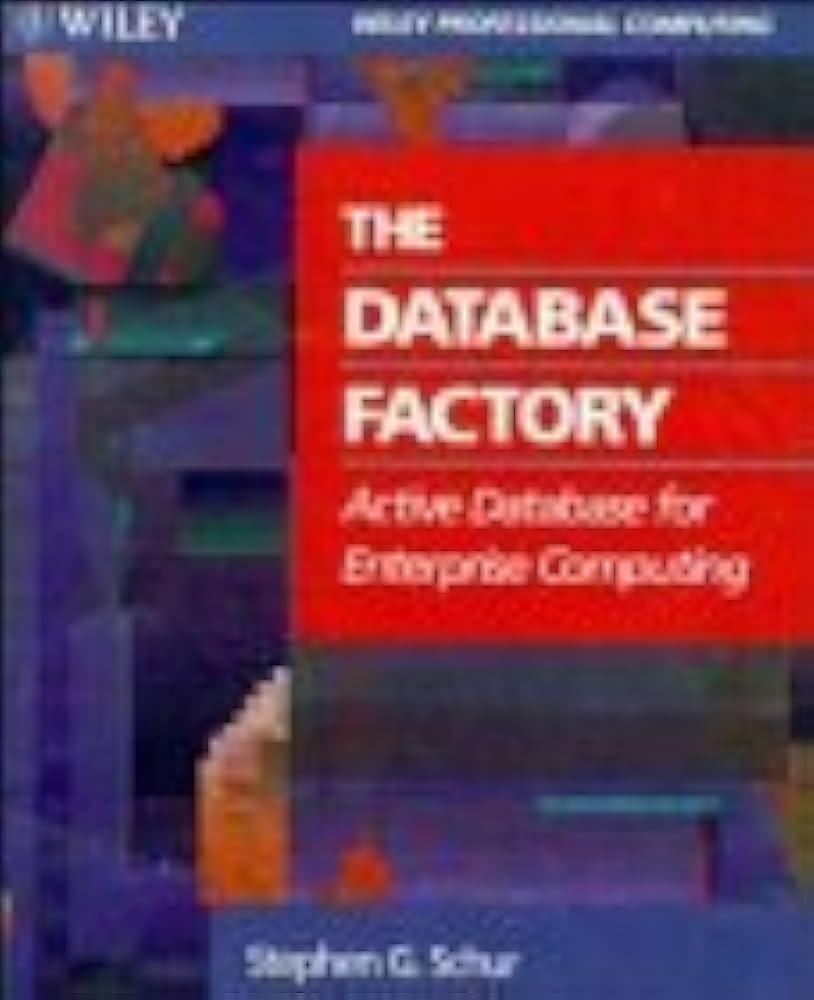Answered step by step
Verified Expert Solution
Question
1 Approved Answer
the other examples are giving error on this portion ( int L [ n 1 ] , R [ n 2 ] ; ) please
the other examples are giving error on this portion int Ln Rn; please fix. Thank you Problem : Implement a Recursive Merge Sort Function
points
Write a program which implements a recursive merge sort function. An example can be
found in the textbook or on the internet.
Write an isincreasing function that ensures that each value in an array is nonstrictly
increasing. This means that at a given index the value at index is greater than
or equal to the value at Return true if this property holds, false otherwise. Use this
header:
bool isincreasingint values, int size
Create an array of random integer values. Call the isincreasing function which
should return false.
Call the merge sort function and pass it the array of integers. Call the isincreasing
function again; it should return true.
For example: Assume an array is Calling is increasing should return
false because the value at index is less than the value at index After sorting the
array is and calling the isincreasing function should return true
because each value is not less than its predecessor.
Note: the term nonstrictly increasing means that two adjacent values may be equal;
strictly increasing means that the rightmost value is greater than the leftmost value of
the two. For random values, it is almost certain that duplicated values will exist.
Design, edit, run, test, and debug your program. Enter the completed code here:
code for the lab projects.

Step by Step Solution
There are 3 Steps involved in it
Step: 1

Get Instant Access to Expert-Tailored Solutions
See step-by-step solutions with expert insights and AI powered tools for academic success
Step: 2

Step: 3

Ace Your Homework with AI
Get the answers you need in no time with our AI-driven, step-by-step assistance
Get Started


